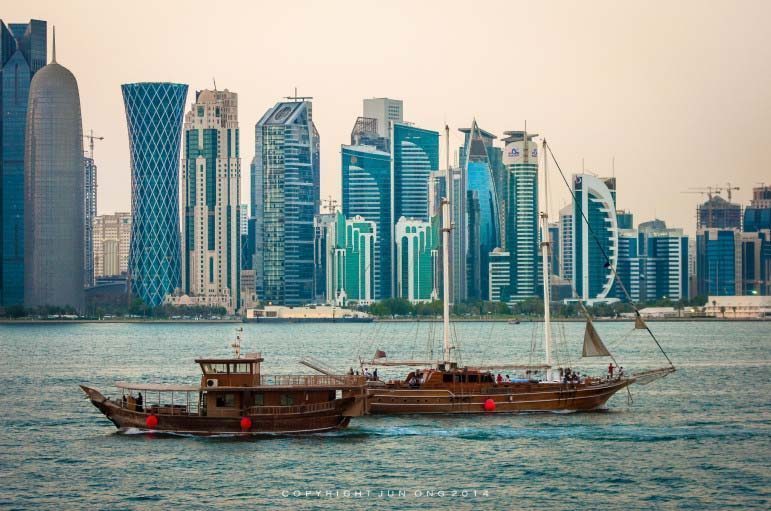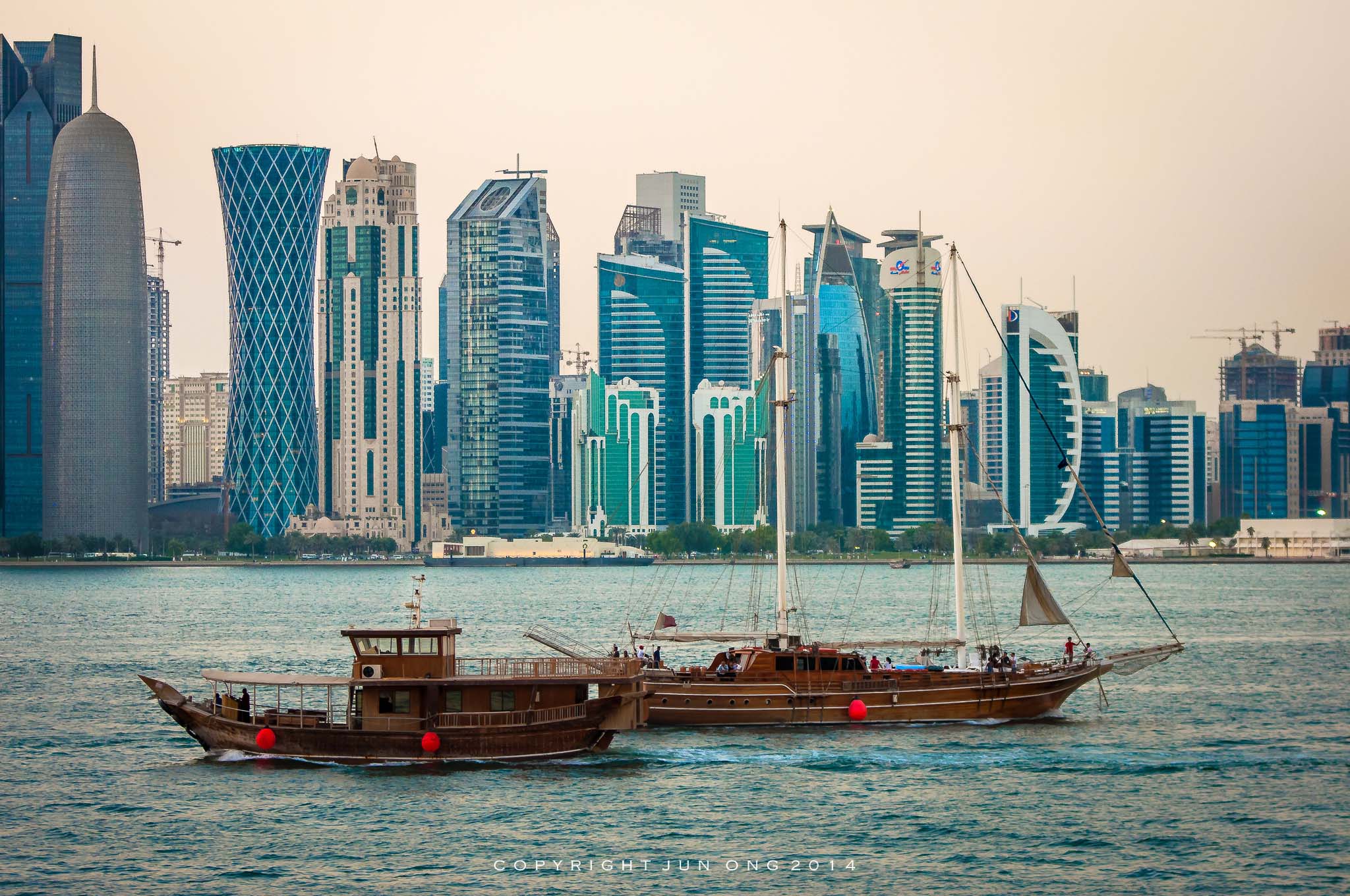
An inaugural index by Dutch firm Arcadis has ranked Qatar among the least sustainable countries in the world, though the Gulf state fared slighly better among its regional peers, coming in third.
The ARCADIS Sustainable Cities Index, carried out by the Centre for Economics and Business Research, a British third-party analysis and forecasting firm, examined 50 cities from 31 countries.

To arrive at the findings, the survey ranked cities on the basis of three sub-categories – people, planet and profit – which corresponded to three dimensions of sustainability (social, environmental and economic).
Doha was ranked 41st out of the 50 cities overall. For two of the categories, its scores were relatively average.
In terms of social sustainability, including measures such as transportation infrastructure, health, education, income equality and green spaces, it came in 34th.
And it ranked 30th in economic sustainability, based on factors such as public transportation, commuting time, ease of doing business, property and living costs, GDP per capita and energy efficiency.
Environmental woes
But what appears to have pulled down its ranking is the environmental category, where Qatar came in dead last, based on its energy consumption, renewable energy, recycling rates, greenhouse gas consumption, drinking water, pollution, and sanitation.
 According to the report, despite Qatar’s 2030 vision to cut its carbon dioxide emissions, improve energy efficiency, minimize water wastage and invest in renewable energy solutions and environmental science and technology, the country still has the highest per capita carbon footprint in the world.
According to the report, despite Qatar’s 2030 vision to cut its carbon dioxide emissions, improve energy efficiency, minimize water wastage and invest in renewable energy solutions and environmental science and technology, the country still has the highest per capita carbon footprint in the world.
Other Gulf cities in the region also fared poorly in the index, with Dubai ranking 33rd, Abu Dhabi 34th, and Jeddah and Riyadh coming in at 43rd and 44th, respectively.
Several European cities came in the top 10, including Frankfurt, London, and Copenhagen. Hong Kong was 8th, Paris 16th and New York 20th.
The survey also noted that the trade-off between planet and profit was most starkly seen in the Middle East, where Dubai and Doha scored much lower on environmental factors than on economic ones.
Meeting demand
Notably, cities in the MENA region have also seen the highest real-term population growth over the past five years, with Doha, Dubai and Abu Dhabi experiencing a rise of over 30 percent.
The increase has put considerable strain on Qatar’s local infrastructure, with the government instituting numerous projects to broaden roads, revamp its public transportation system and open new hospitals.
In an attempt to beef up its food security, Qatar has opened several farmer’s markets, a poultry farm, its first organic farm, and has heavily invested in food production companies.

Meanwhile, on the environmental front, Kahramaa announced plans in November to build Qatar’s first major solar power station in Duhail within two years, with a capacity of up to 15 MW of energy.
The station is expected to be one of many such upcoming projects, as Qatar aims to reach a national target of generating 200 MW of solar energy in the next five years.
The announcement came as Kahramaa noted a 12 percent increase in energy demand from September 2013 to 2014, and continued to project rising energy needs due to population growth.
The nation has also pledged to generate 2 percent of the country’s energy needs through renewable sources by 2020.
Kahramaa has since said that reducing the nation’s energy and water consumption would be one of its main priorities for a new five-year plan under its existing 2014-18 strategy.
Thoughts?







